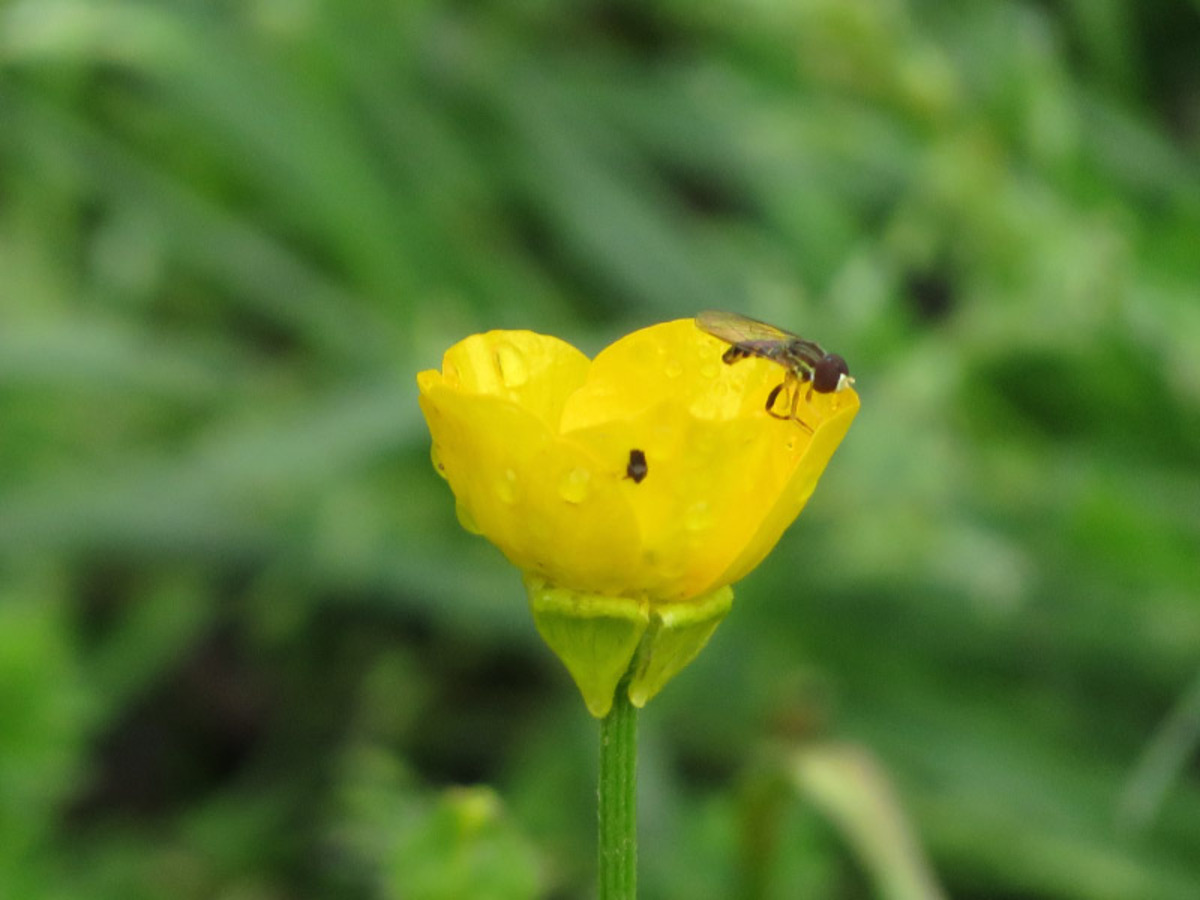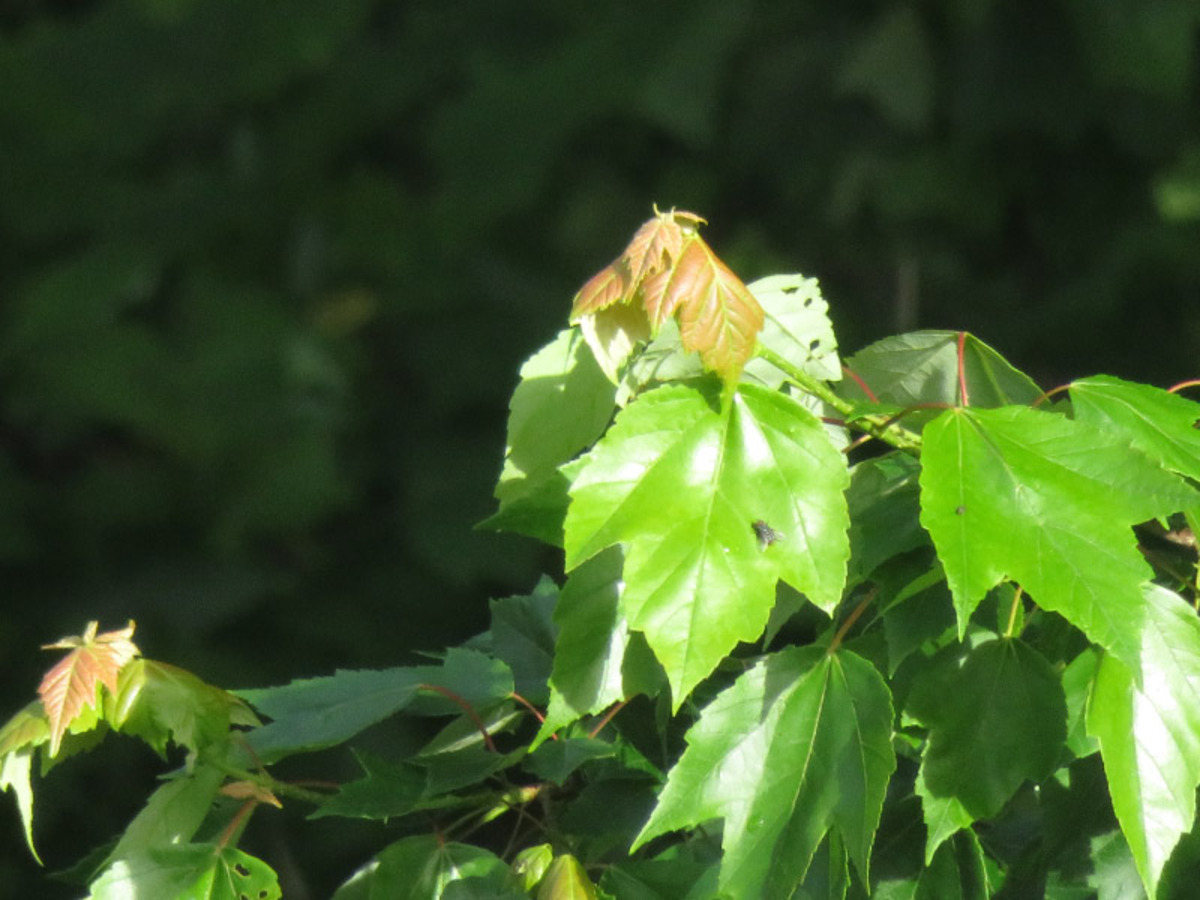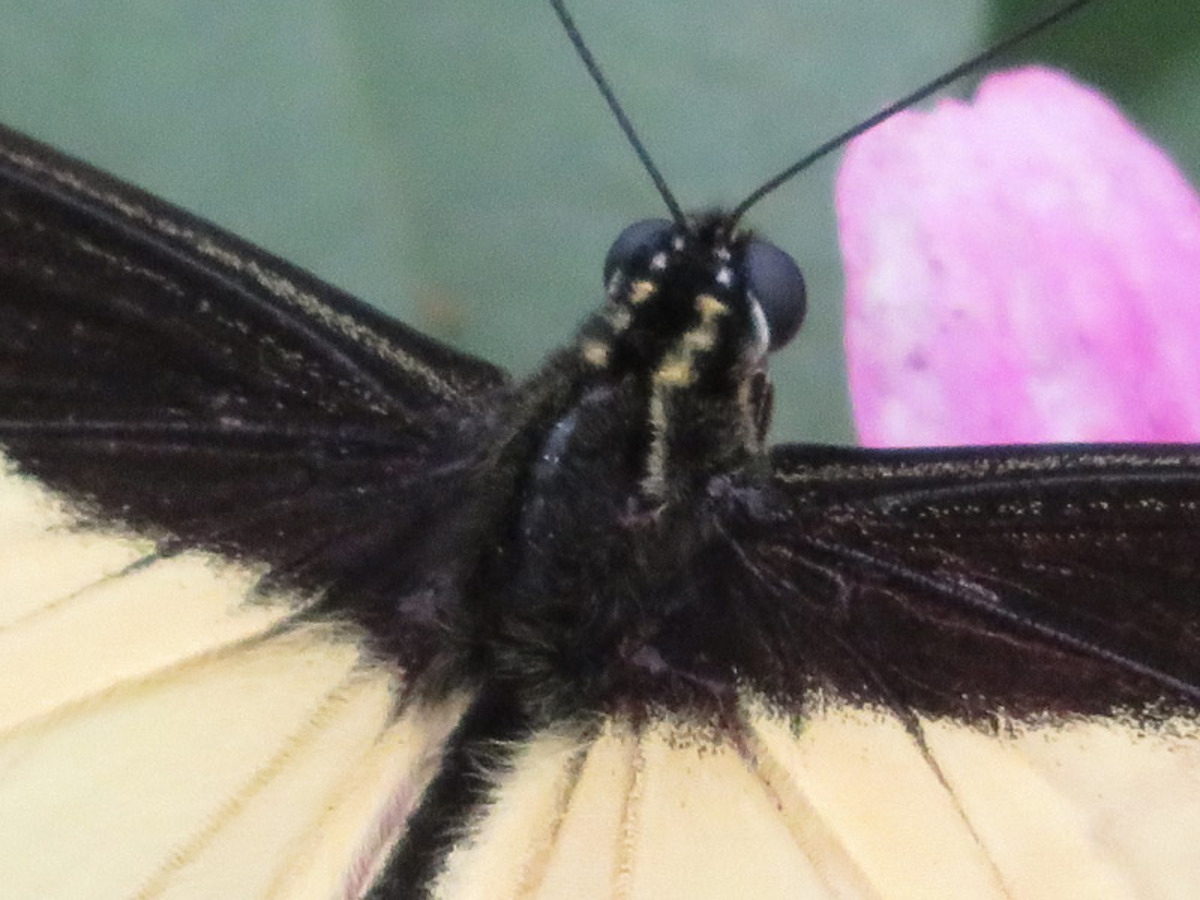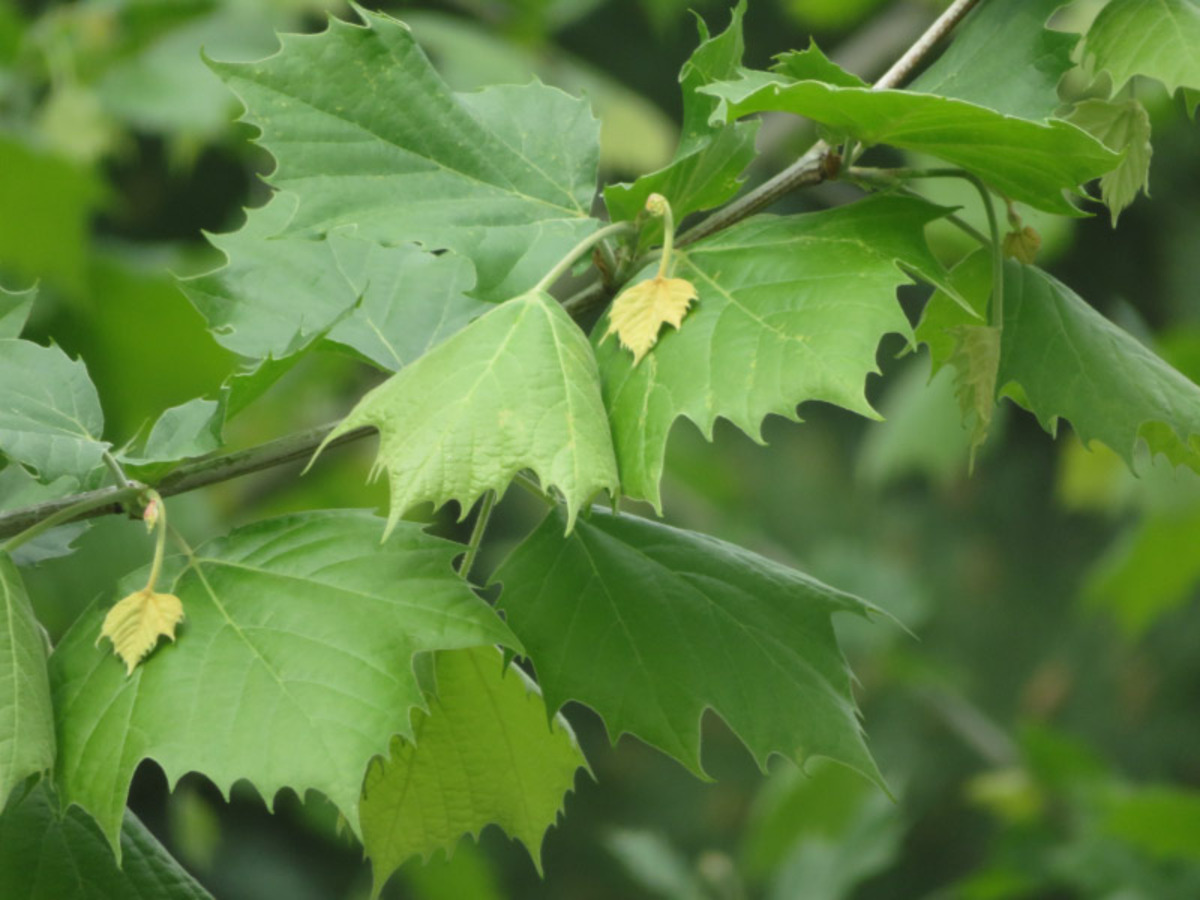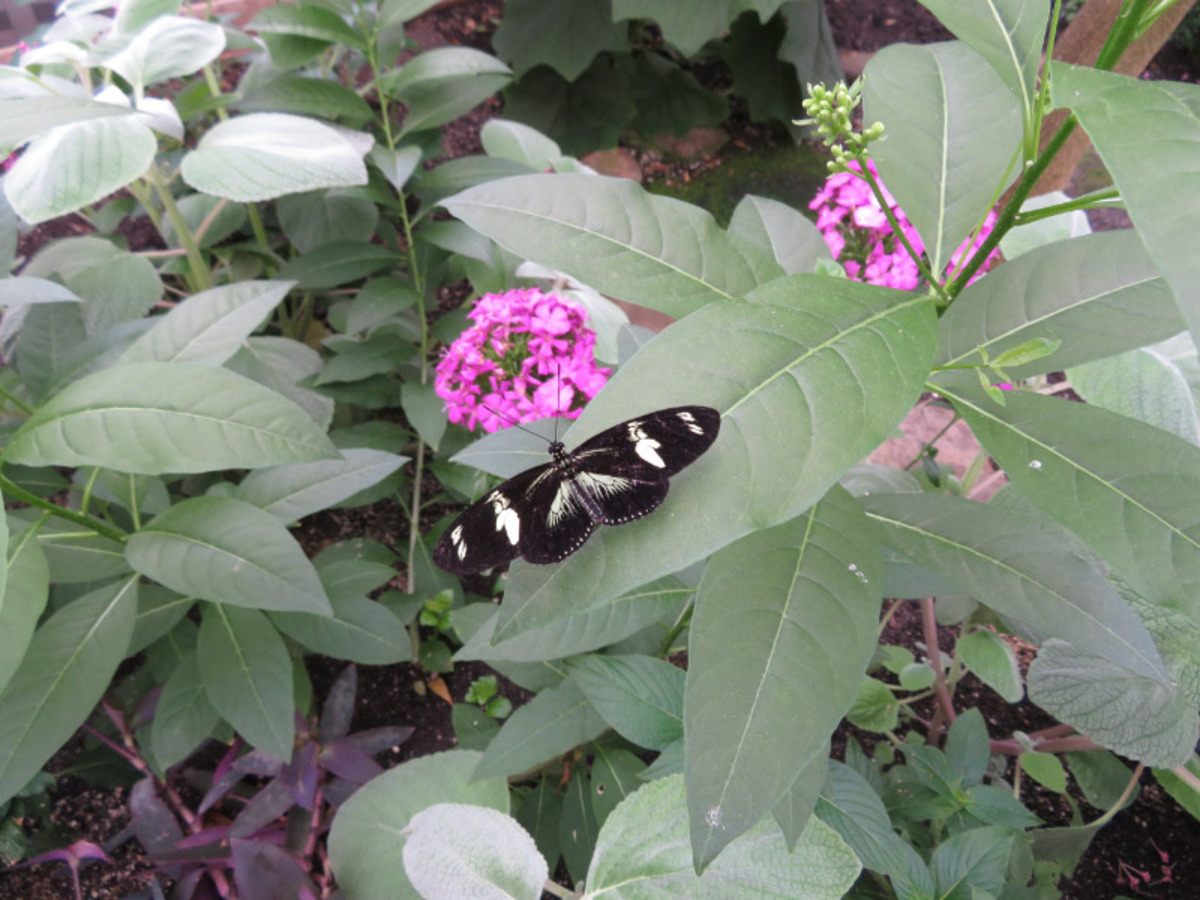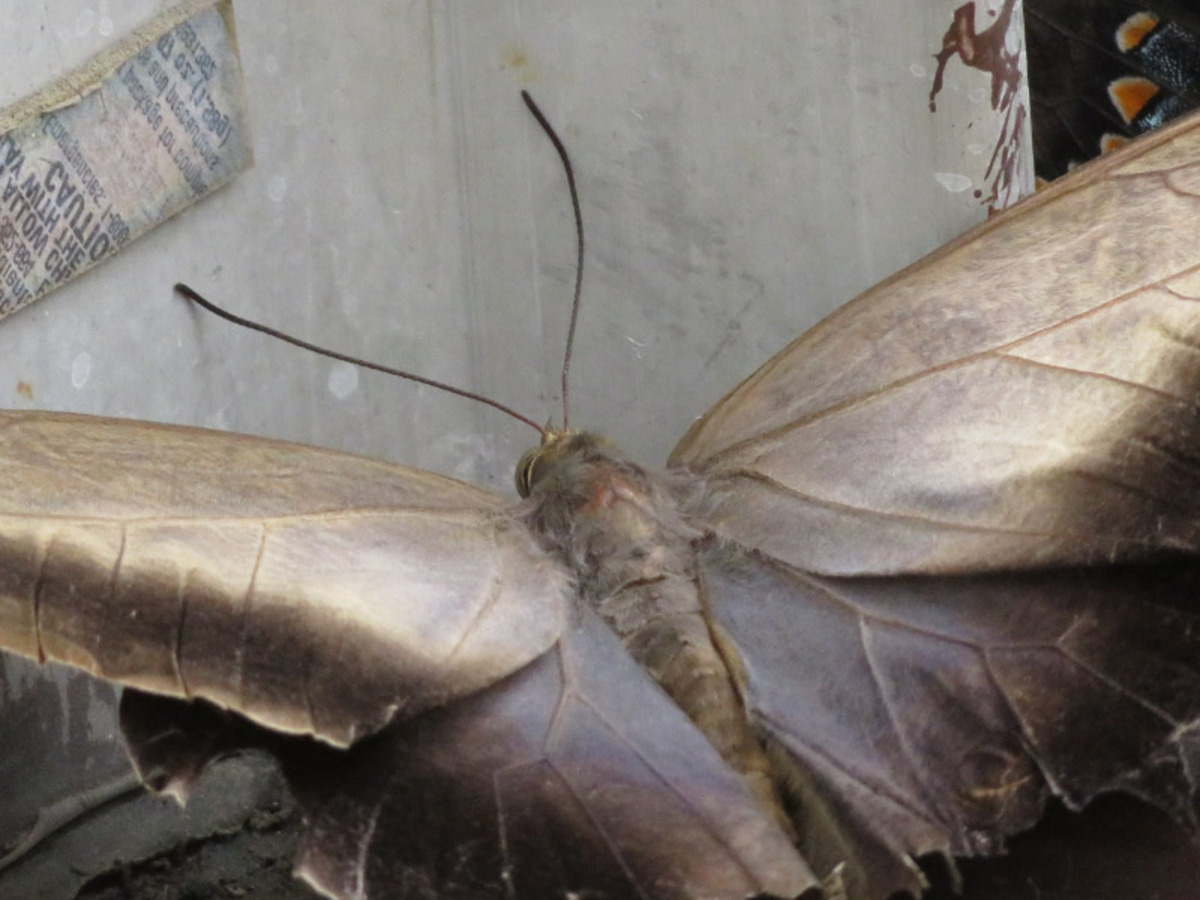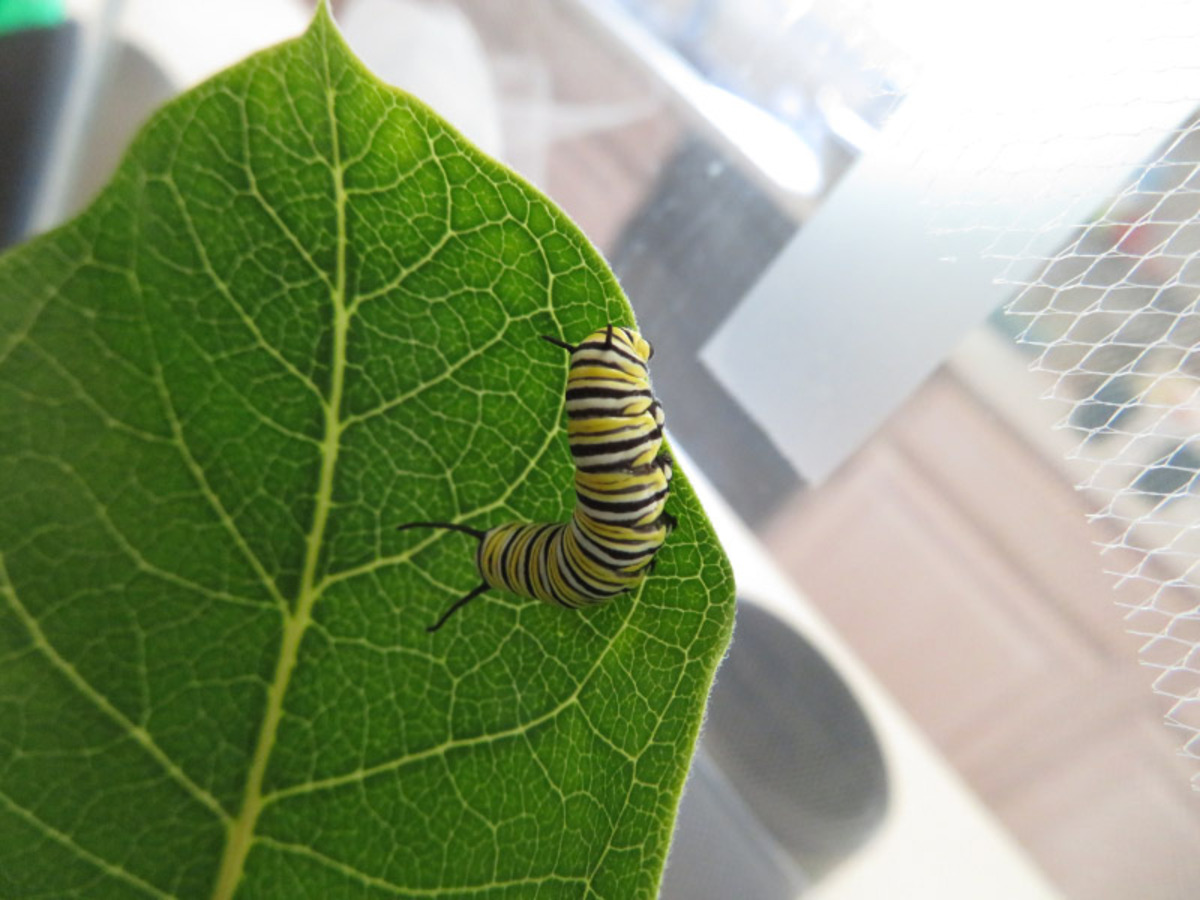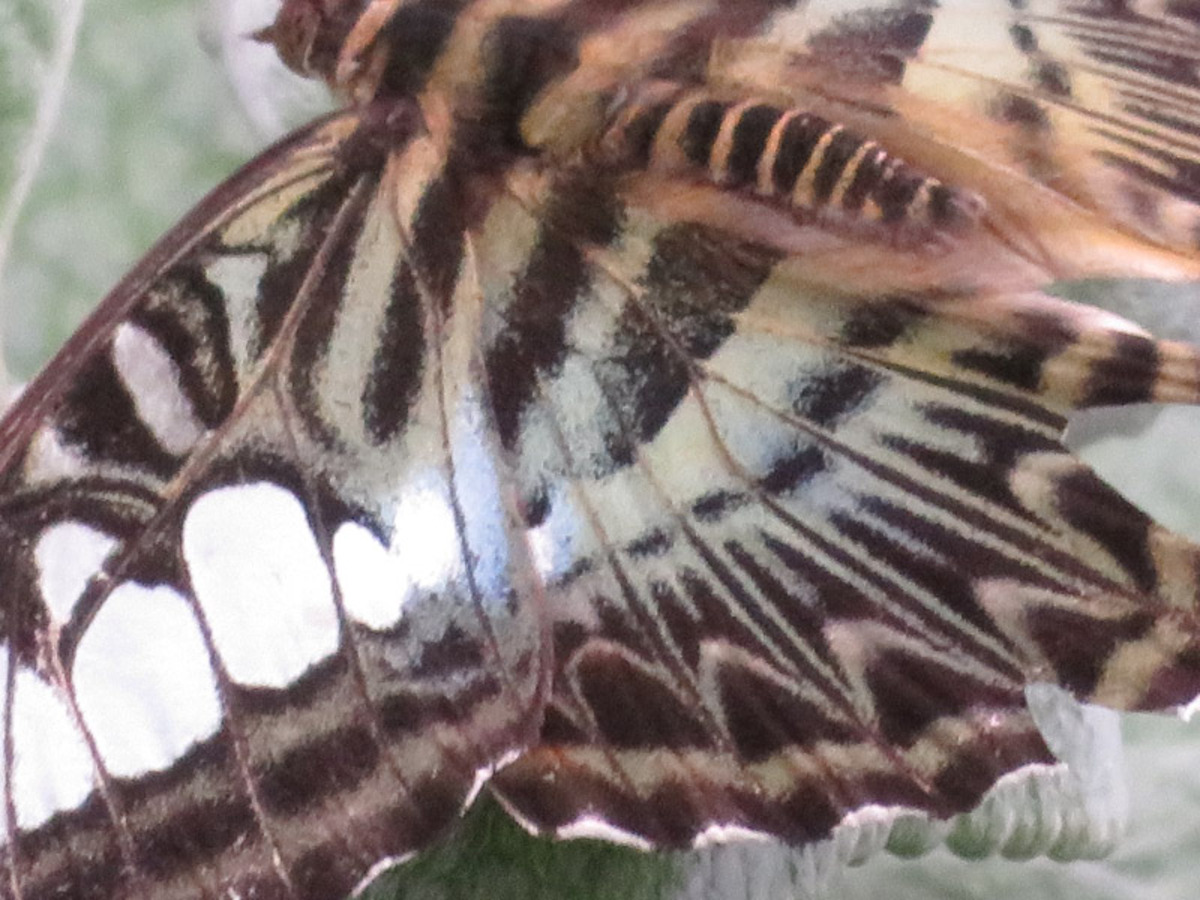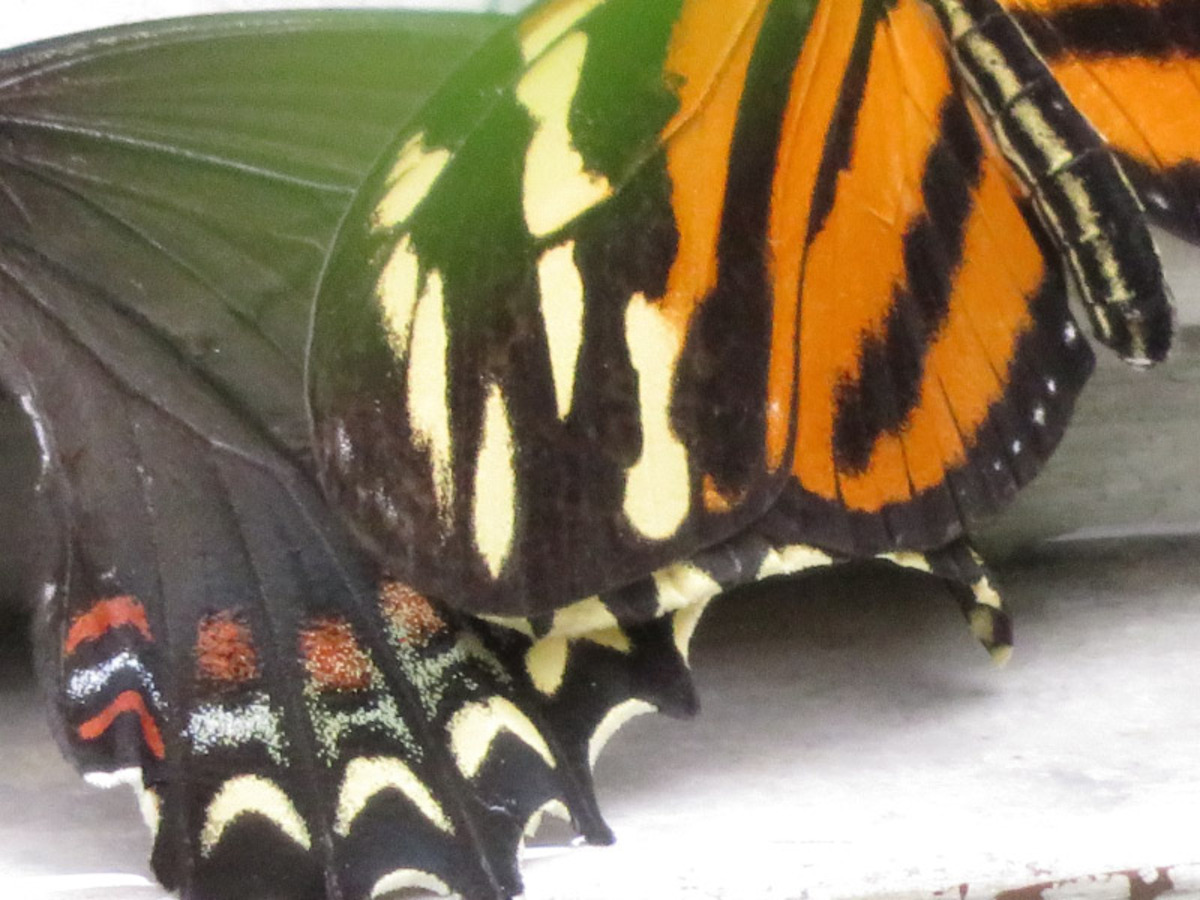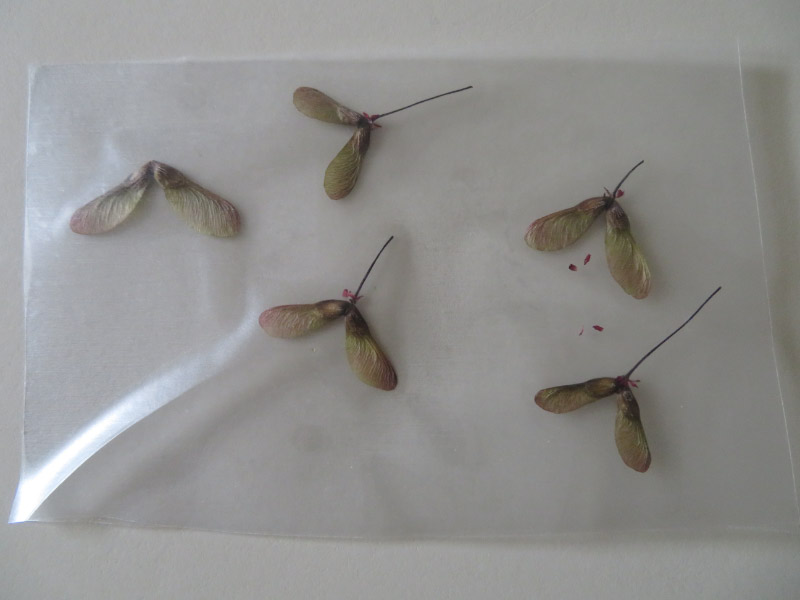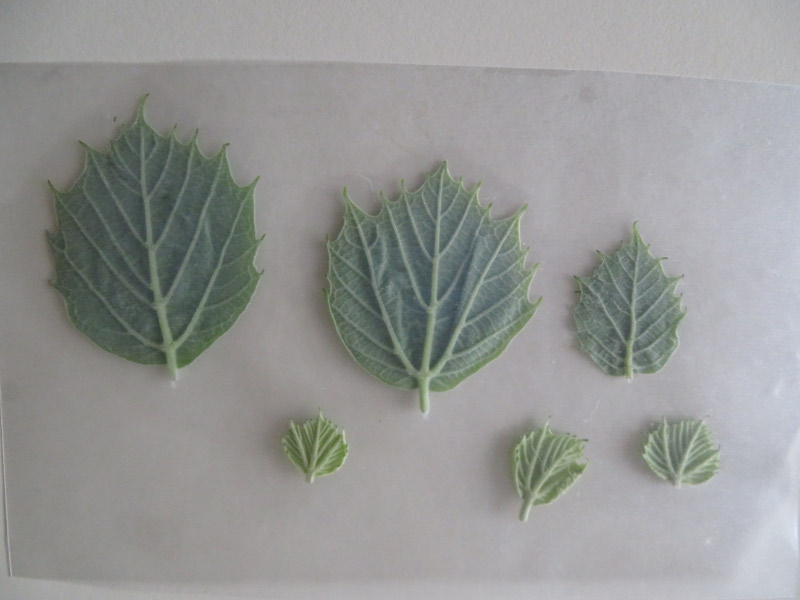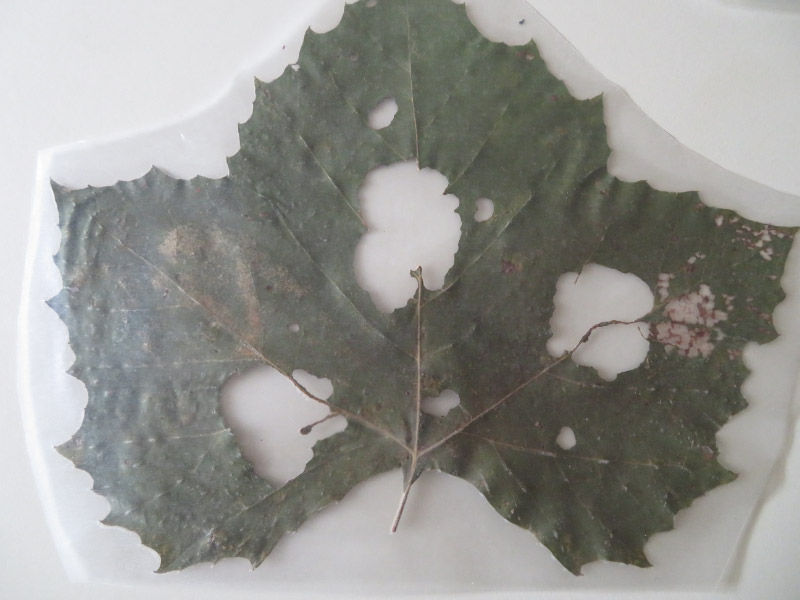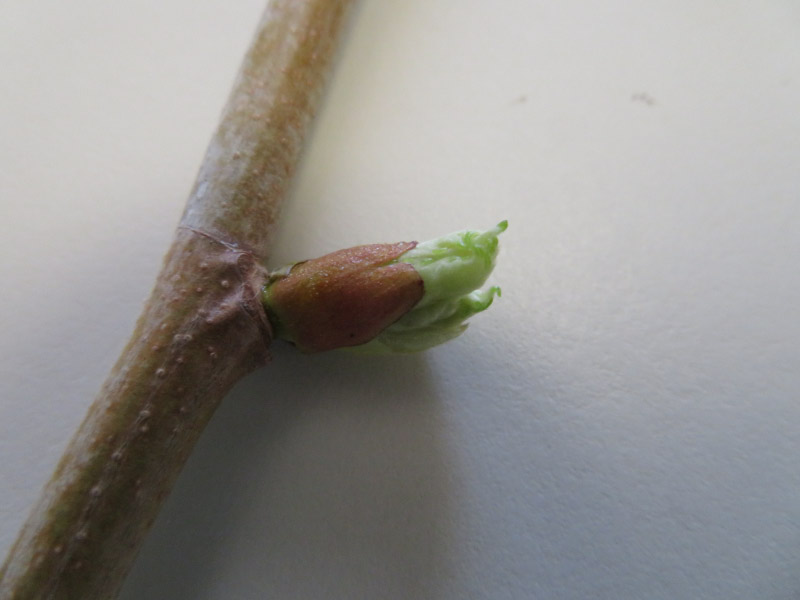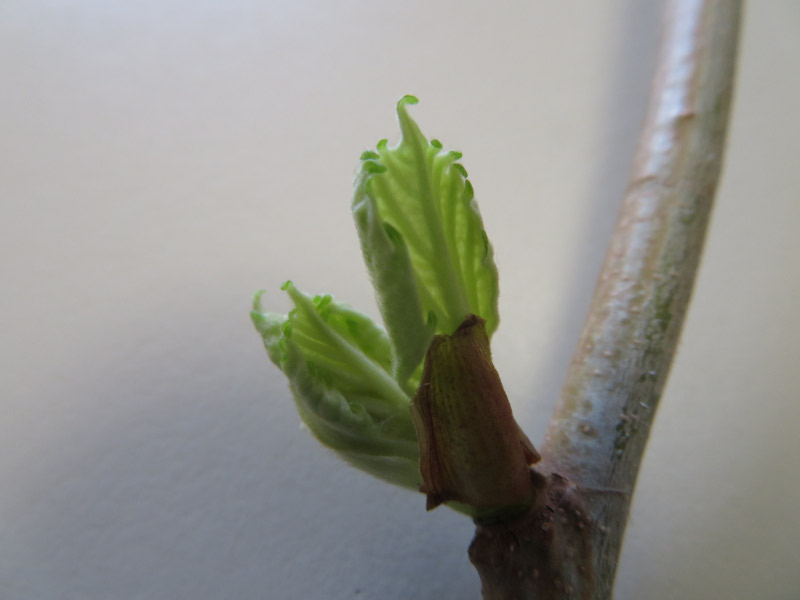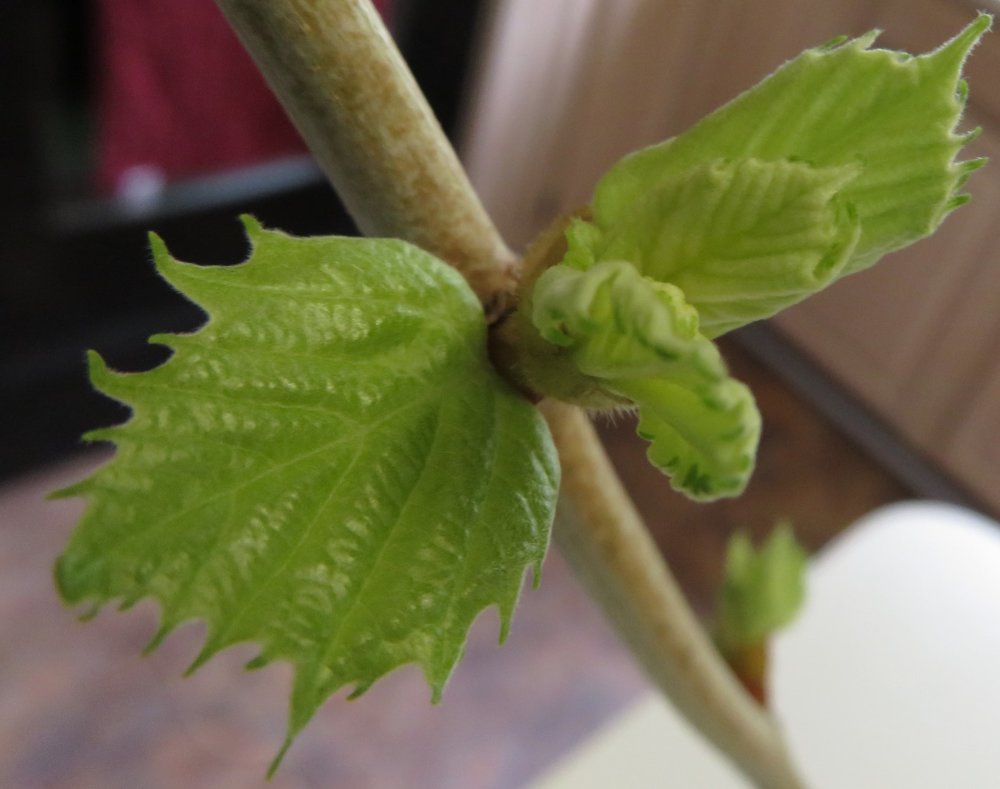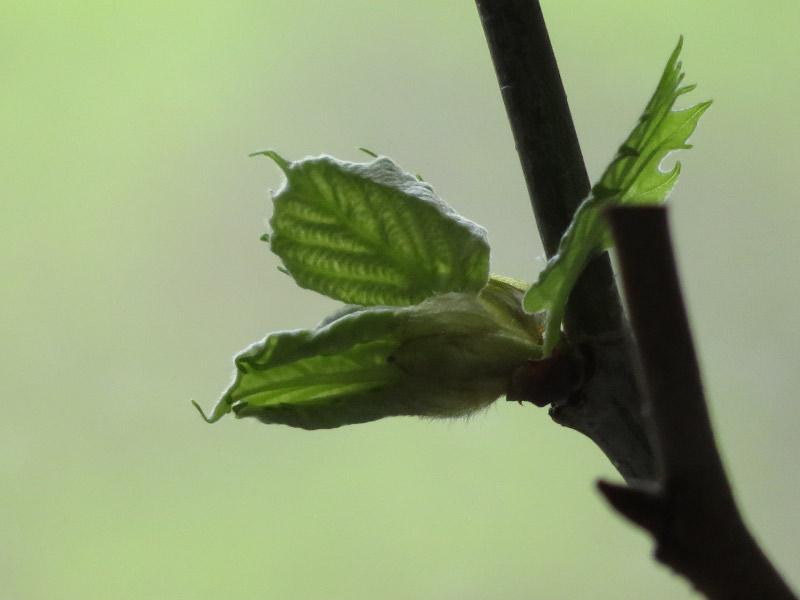Hike from Mt. Pleasant to the Patapsco River – Part 2
/Continuing from yesterday’s post….into the forest we go! The first stretch was down a tree covered slope with lots of leaf litter to a paved road that had a few houses at its end. We were just crossing the road. I paused long enough to take an upward picture of the canopy. We continued downhill to join a trail in Patapsco Valley State Park.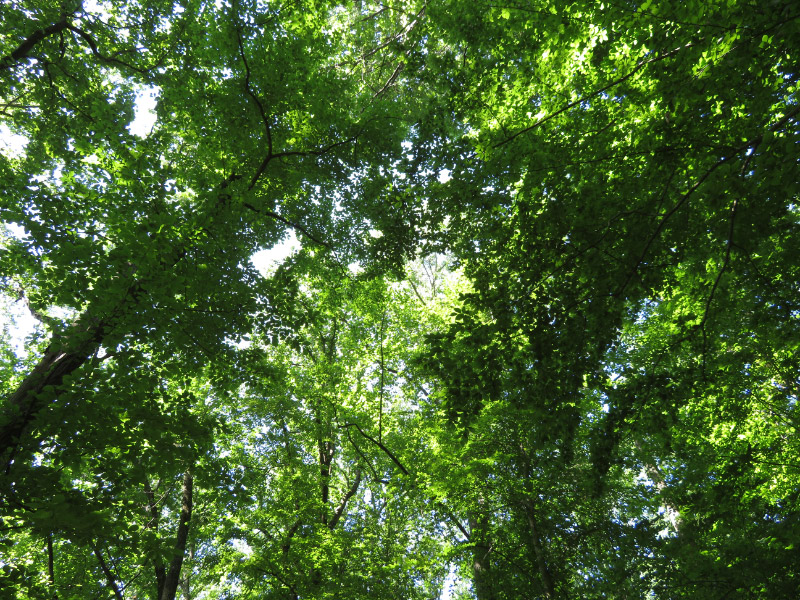
We saw two box turtles along the hike. The first one was in better shape than the second (note the elongated holes in the top of it). The growth rings on the scutes provide an estimate of the age of turtle; the first one is probably younger than the second one.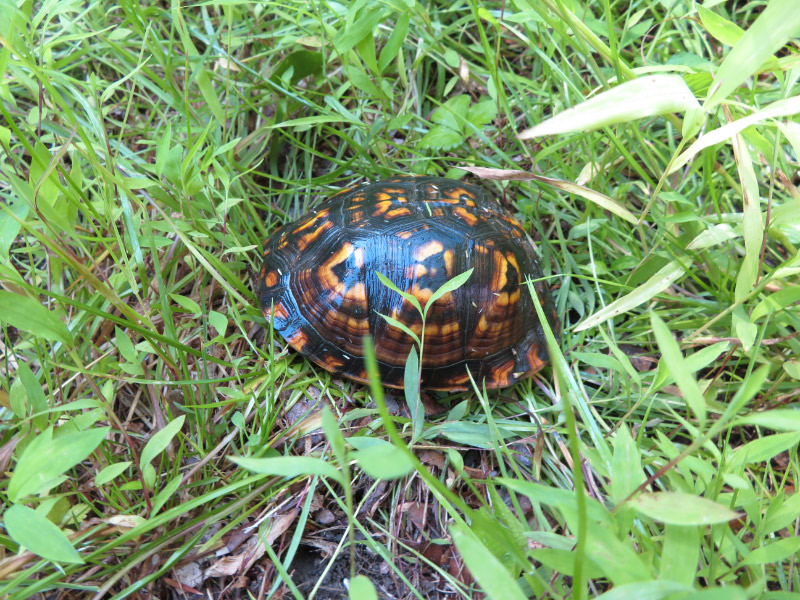

There were a lot of invasives carpeting the floor of the forest: wavy leaf basket grass with its crimped leaves and Japanese stiltgrass being the most numerous.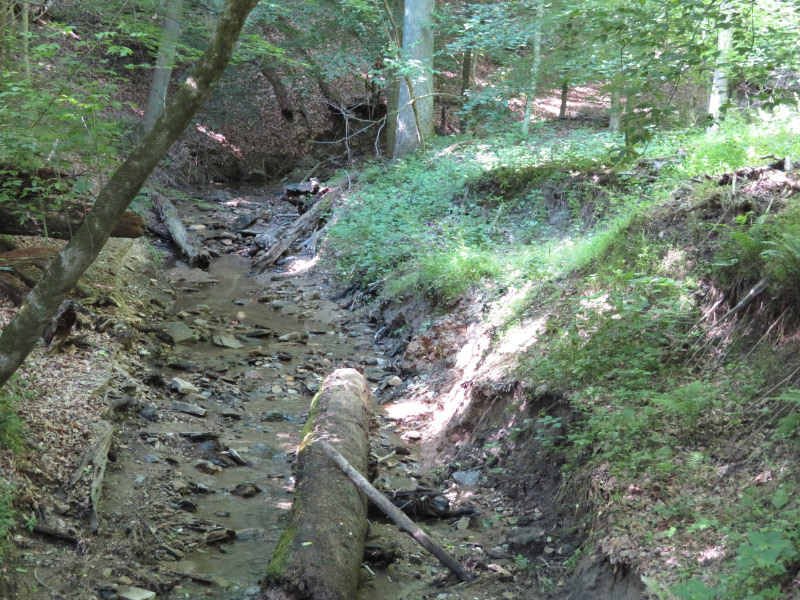
I celebrated when I saw native plants like jack-in-the-pulpits, mayapples or skunk cabbage…but there weren’t many of them. They are easily crowded out by the invasives.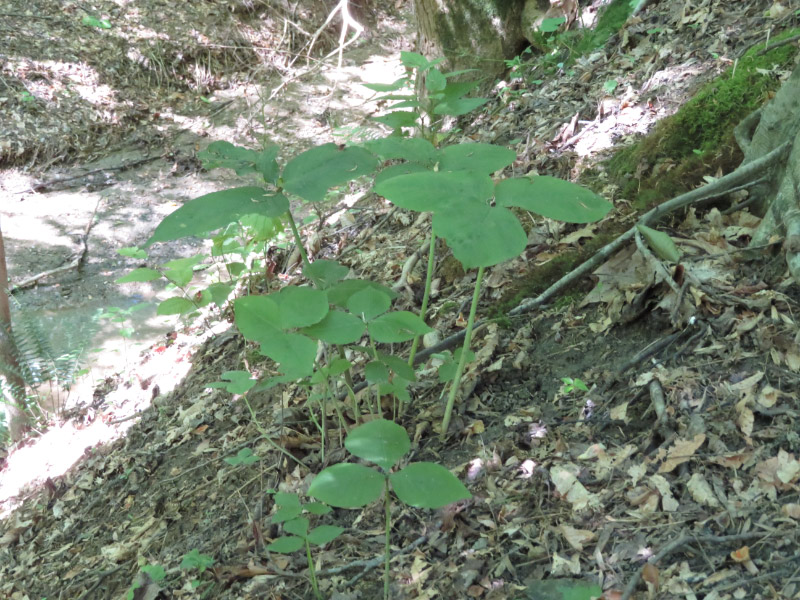
We followed a stream down to the culvert under the railroad tracks that brings it to the Patapsco River.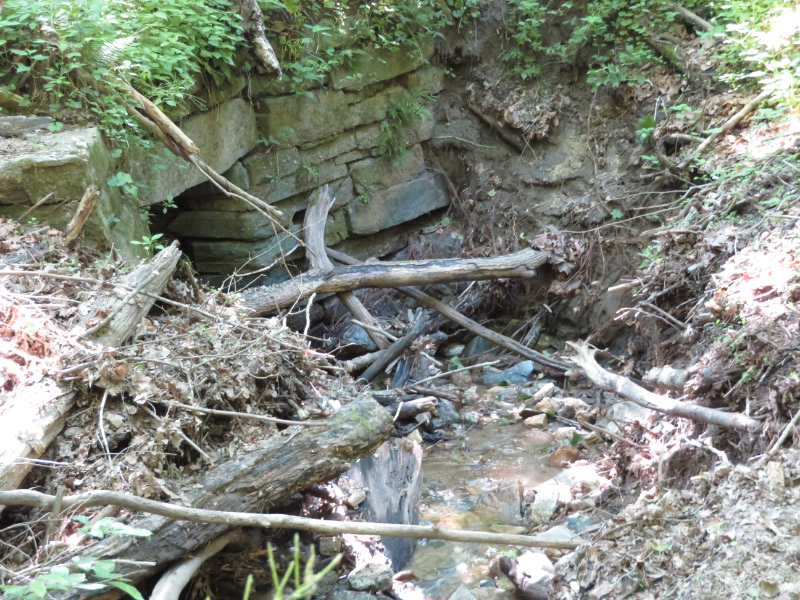
Inside a small hollow log, a fishing spider waited patiently for its lunch.
There are many large sycamores. I took pictures of a leaf newly fallen into the stream and a new leaf on a low branch near the river. The trees are too large to try to photograph in their entirety!
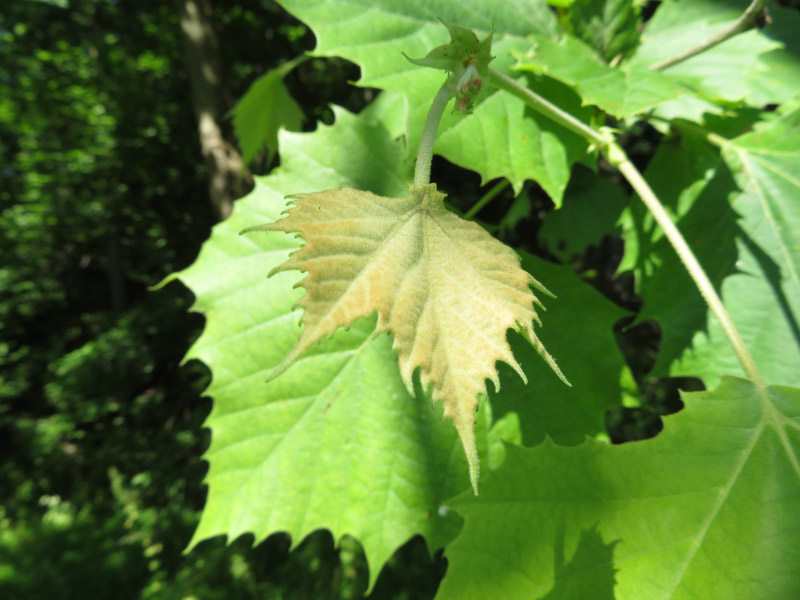
We clamored up the railroad embankment and stood on two tracks to see the river below. There were horsetails (vascular plants that reproduce by spores) growing on the bank by the river.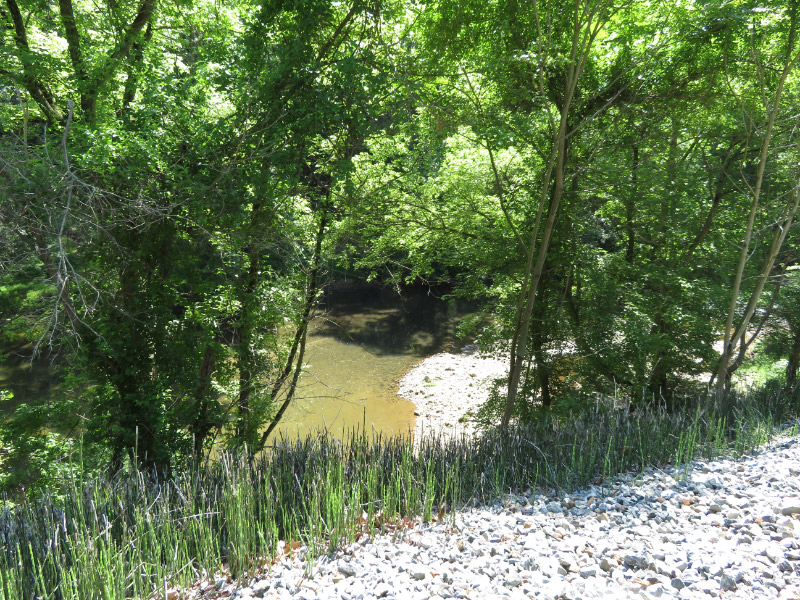
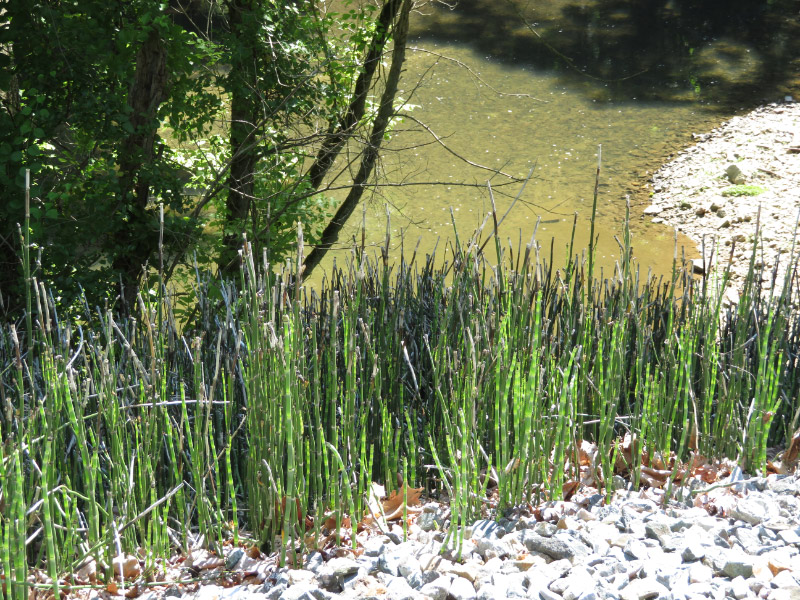
We didn’t stay long at the river; the bank was too steep to climb down and no one wanted to stand on the active rail road track for long. We headed back uphill to Mt. Pleasant. The line of 30 people elongated as we all set our own pace – going silent in the steeper sections. The day had warmed. By the time I got up the hills, I’d finished the water I carried and headed into the nature center to get more!

